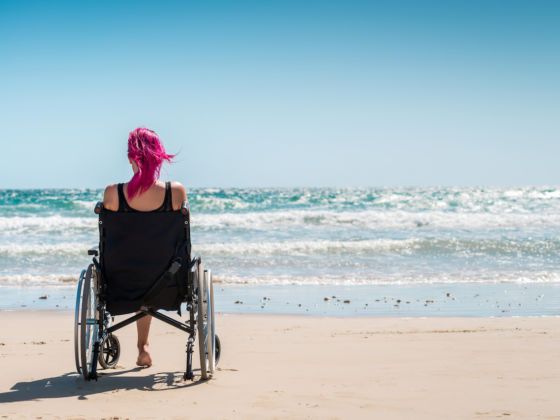“Why are you even traveling if you’re this sick?” the TSA border guard demanded with a look of disgust, as he quickly rifled through my backpack bulging with medications and mobility aids.
My smile faded, as I once again faced the full reality of my situation. Until this point, I had been having a relatively pain-free day — a rare occurrence — despite the excruciatingly long flight from Panama City to San Francisco.
This sort of interaction is sadly a common happening when I am on the road. Since the onset of my rare and not-yet fully understood chronic illness in 2017, I have existed in a constant state of hyper-awareness — of my body and my surroundings — a feeling that is hugely heightened during travel. And regardless of the progress in legislation, discrimination, inequitable treatment, and accessibility issues remain, including within the travel industry. Despite this, and often against my better judgment, I continue to travel, determined to live a life that brings me joy.
